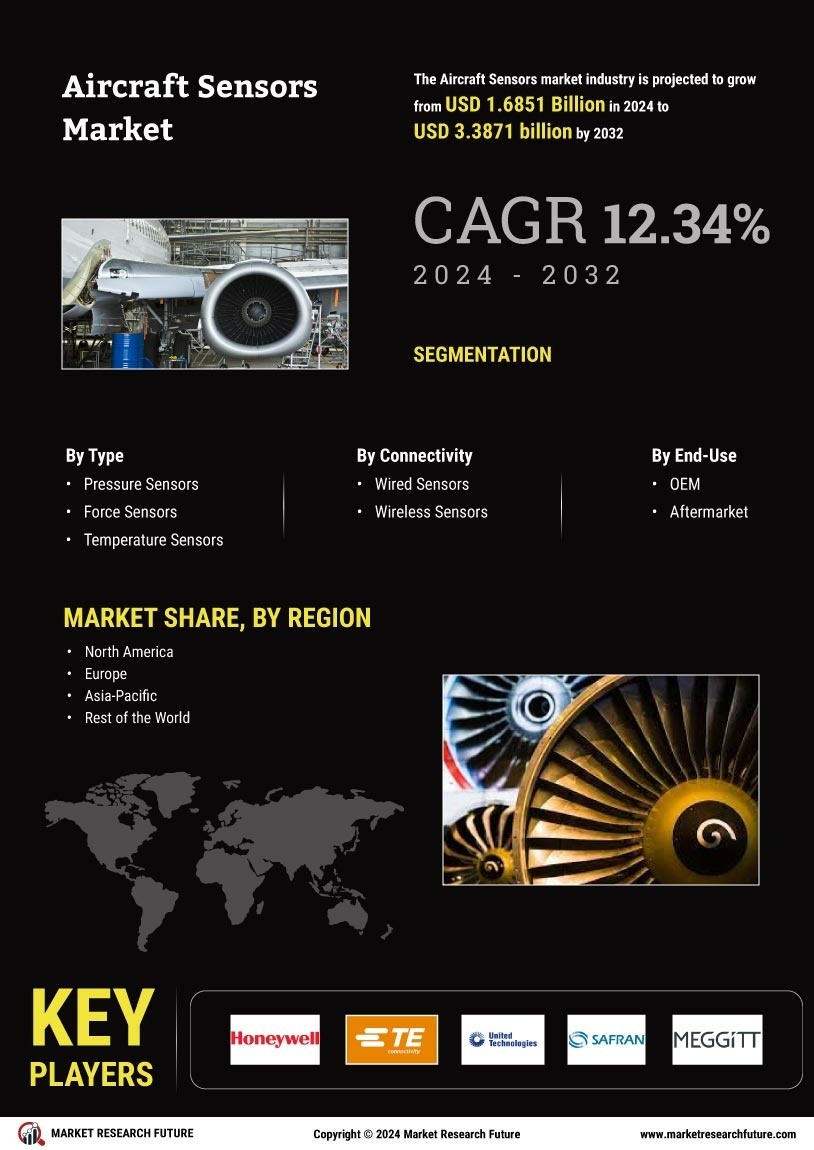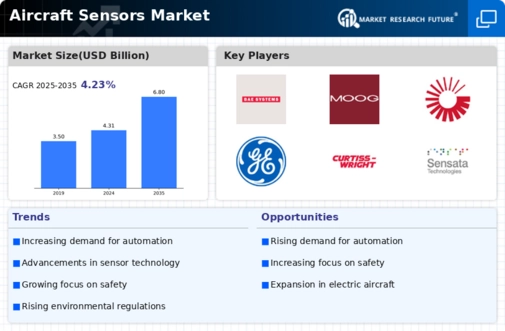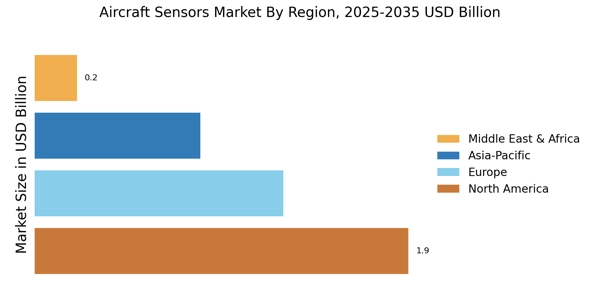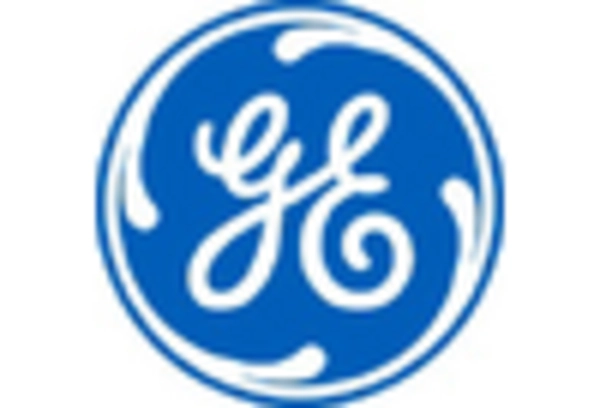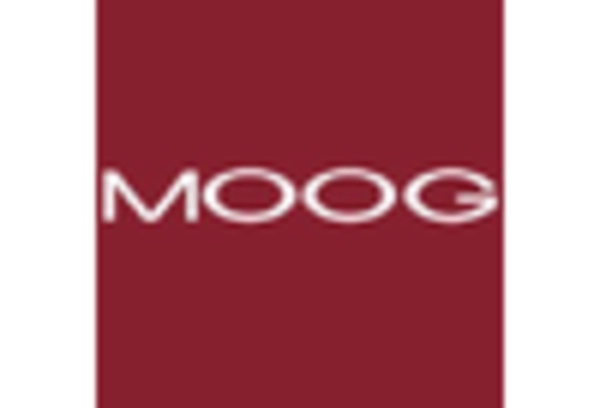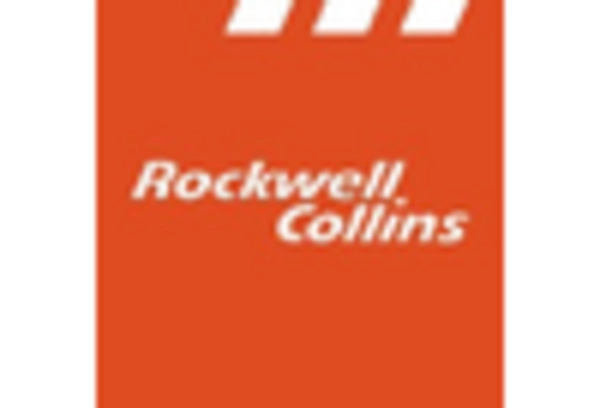Increased Investment in Aerospace R&D
The Aircraft Sensors Market is benefiting from increased investment in aerospace research and development (R&D). Governments and private entities are allocating substantial resources to enhance aircraft technologies, including sensor systems. This investment is aimed at improving fuel efficiency, reducing emissions, and enhancing overall aircraft performance. As a result, there is a growing emphasis on developing next-generation sensors that can provide more accurate and reliable data. The market is likely to see a boost from these R&D initiatives, with projections indicating a potential increase in sensor adoption rates across various aircraft types. This trend underscores the importance of innovation in driving the future of the aircraft sensors market.
Rise of Unmanned Aerial Vehicles (UAVs)
The Aircraft Sensors Market is also being shaped by the rise of unmanned aerial vehicles (UAVs), which are increasingly utilized in various sectors, including military, agriculture, and logistics. The demand for UAVs necessitates the development of specialized sensors that can provide accurate data for navigation, surveillance, and payload delivery. As UAV technology continues to evolve, the need for advanced sensors that can operate in diverse environments is likely to grow. This trend is expected to contribute to the expansion of the aircraft sensors market, as manufacturers focus on creating innovative sensor solutions tailored for UAV applications, potentially leading to a market growth rate of around 8% in the coming years.
Growing Demand for Enhanced Flight Safety
The Aircraft Sensors Market is witnessing a growing demand for enhanced flight safety, which is becoming a paramount concern for airlines and manufacturers alike. The increasing number of air travel passengers has led to heightened scrutiny regarding safety measures. Consequently, there is a rising need for advanced sensors that can monitor various aircraft parameters, such as altitude, speed, and engine performance. This trend is likely to drive the market, as airlines invest in cutting-edge sensor technologies to mitigate risks and improve safety protocols. The market is projected to reach a valuation of over USD 10 billion by 2026, reflecting the critical role of sensors in ensuring safe and efficient air travel.
Regulatory Compliance and Safety Standards
The Aircraft Sensors Market is significantly influenced by stringent regulatory compliance and safety standards imposed by aviation authorities. These regulations necessitate the use of advanced sensors to ensure aircraft safety and reliability. For example, the Federal Aviation Administration (FAA) and the European Union Aviation Safety Agency (EASA) have established guidelines that require the implementation of state-of-the-art sensor technologies in new aircraft designs. This regulatory environment is expected to propel the demand for sophisticated sensors, as manufacturers strive to meet these requirements. Consequently, the market is anticipated to expand, with an increasing focus on compliance driving innovation and investment in sensor technologies.
Technological Advancements in Aircraft Sensors
The Aircraft Sensors Market is experiencing a surge in technological advancements, particularly in sensor miniaturization and enhanced data processing capabilities. These innovations enable the development of more efficient and reliable sensors, which are crucial for modern aircraft systems. For instance, the integration of advanced materials and smart technologies is likely to improve sensor performance, leading to better monitoring of aircraft conditions. As a result, the market is projected to grow at a compound annual growth rate of approximately 7% over the next five years. This growth is driven by the increasing demand for high-performance sensors that can provide real-time data, thereby enhancing safety and operational efficiency in aviation.
